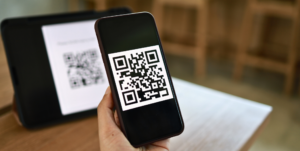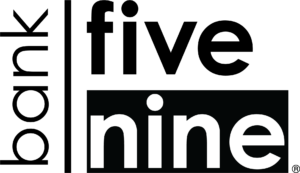Have you ever received money in your bank account or paid your phone bill online? Chances are, you used ACH payments without even realizing it! But what exactly are ACH payments, and how do they work? In this blog, we’ll break down the basics!
First, what is “ACH”? ACH stands for Automated Clearing House, which is a secure, electronic network used by banks and other financial institutions to process a variety of transactions. These transactions can include direct deposits, online bill payments, and more.
When you receive money through direct deposit or send money through an online payment service, the funds are transferred through the ACH network. This process typically takes one to two business days to complete with the exception of holidays (holiday submission timelines here). ACH payments are safe, reliable, and efficient, making them a popular choice for businesses and consumers alike.
So, how do ACH payments work? Let’s use an example to explain the process. Imagine you’re paying your monthly cell phone bill online using your bank account. Here are the steps involved:
- You log in to your online banking account and enter the payment information, including the phone company /provider name and your account number.
- Your bank sends the payment information to the ACH network, which processes the transaction.
- The phone provider/company receives the payment from the ACH network and applies it to your account.
It’s that simple! ACH payments are convenient because you don’t need to write a check or visit a physical location to make a payment. They’re also secure because the ACH network uses advanced encryption technology to protect your sensitive information.
ACH payments are a safe and efficient way to send and receive money electronically. They’re used by businesses and individuals to process a variety of transactions, from direct deposits to online bill payments. So the next time you use your bank account to pay a bill or receive money, you’ll know how the ACH network is working behind the scenes to make it all happen. Learn more about Bank Five Nine ACH User Information here.






